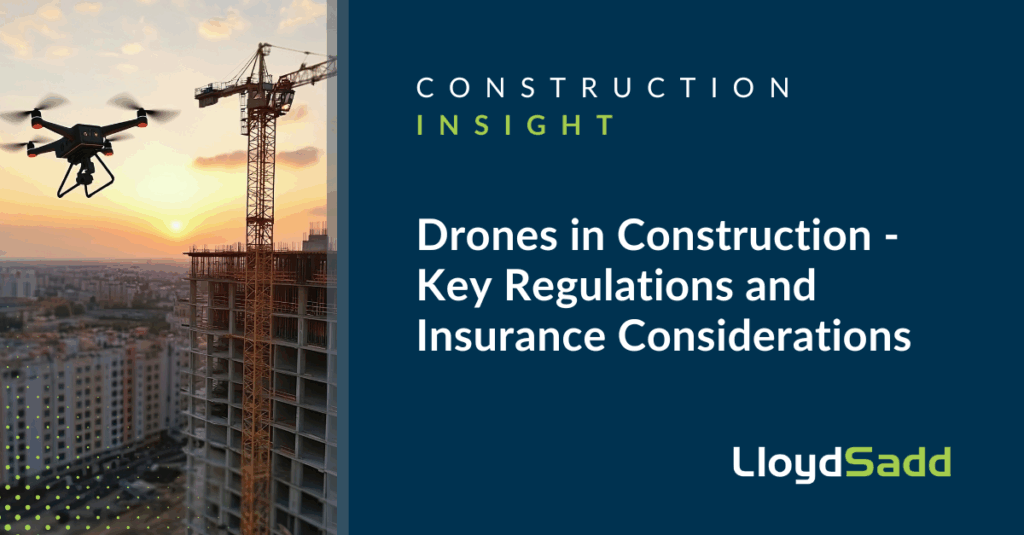Drones in Construction: Key Regulations and Insurance Considerations

As of 2025, the use of drones in the Canadian construction industry has become increasingly prevalent. Here’s an overview of the main regulations and insurance requirements for businesses operating drones in construction:
Regulations
- Registration: All drones weighing between 250 grams and 25 kilograms must be registered with Transport Canada.
- Certification: Pilots operating drones in this weight range must obtain a drone pilot certificate.
- Flight Restrictions: Drones must be flown below 122 meters (400 feet) above ground level and away from bystanders, emergency operations, and advertised events.
- Beyond Visual Line of Sight (BVLOS): New regulations in 2025 allow for BVLOS operations in remote areas, benefiting construction projects in sparsely populated regions.
- Payload Capacity: Updated regulations permit larger drones (up to 150 kilograms) for both visual line of sight and BVLOS operations.
Insurance Requirements
While not legally mandated in all provinces, drone insurance is strongly recommended for construction businesses. Key coverage areas include:
- Liability Insurance: Covers third-party bodily injury and property damage claims. Coverage typically ranges from $2 million to $5 million, depending on the drone’s weight and operation area.
- Hull Insurance: Protects against damage to the drone itself, including accidents, theft, and vandalism.
- Payload Insurance: Covers equipment attached to the drone, such as cameras or sensors.
- Personal Injury Coverage: Protects against privacy violations or defamation claims arising from drone operations.
- Non-Owned Coverage: Covers liability when operating drones not owned by the insured.
Key Considerations
- Risk Assessment: Evaluate potential risks associated with drone operations in construction settings.
- Compliance: Ensure all pilots are certified and drones are registered as per Transport Canada regulations.
- Insurance Limits: Consider liability coverage limits based on the nature and location of construction projects.
- Equipment Value: Insure drones and associated equipment for their full replacement value.
- Operational Procedures: Implement strict safety protocols and flight planning to minimize risks.
By adhering to these regulations and maintaining appropriate insurance coverage, construction businesses in Canada can effectively leverage drone technology while mitigating potential liabilities and risks. For more detailed information on drone regulations, insurance options, or assistance in obtaining the right coverage for your construction business, please don’t hesitate to contact our experienced insurance brokers. We’re here to help you navigate the complexities of drone insurance and ensure your business is properly protected.